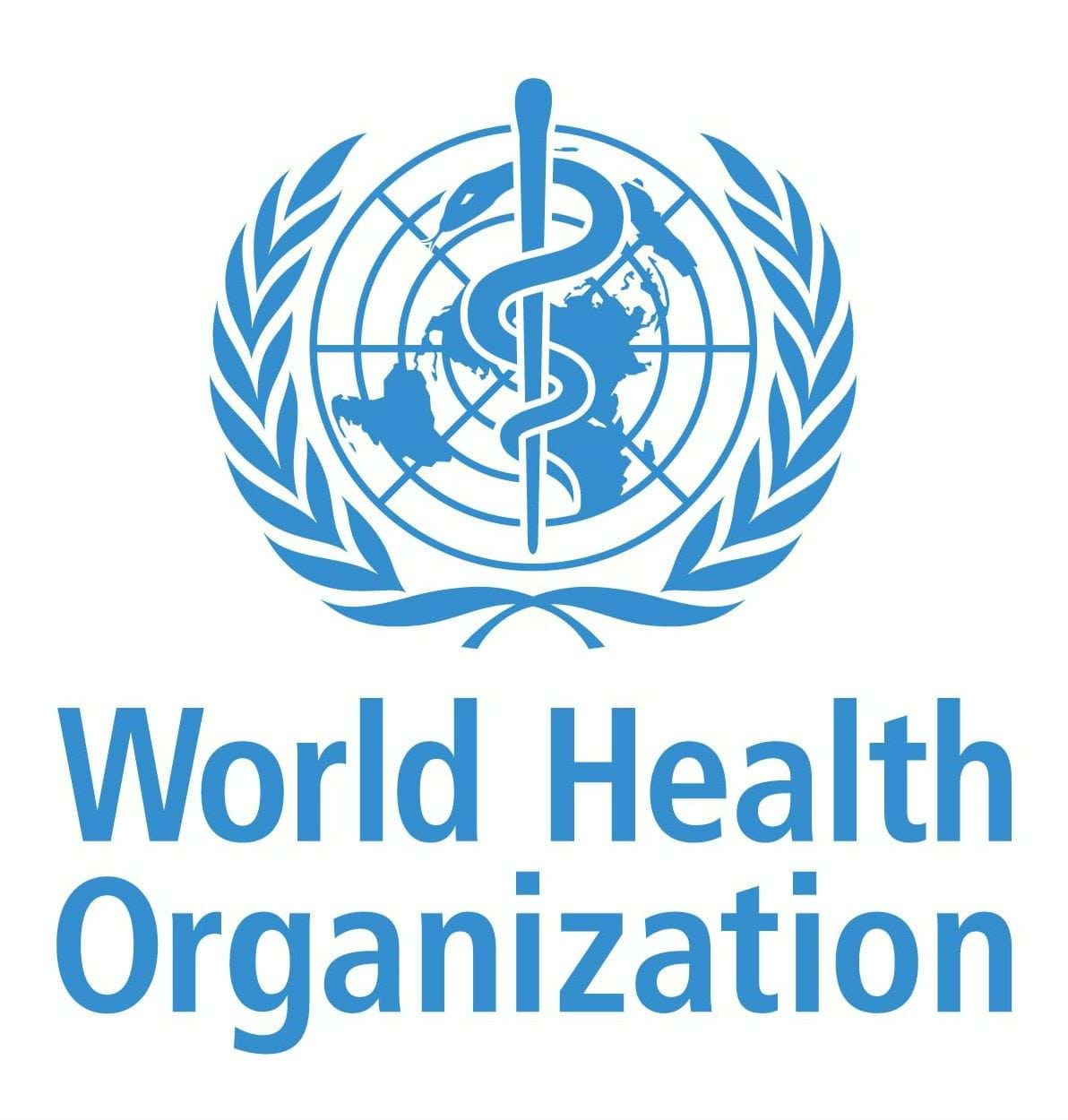Some may wonder if youth climate activism is bearing fruit; our answer is yes: adolescents and youth are pioneering a human rights based approach to tackling climate change
Climate change is increasingly affecting the human rights to life, food, health, safe drinking water and sanitation, housing, self-determination, culture, work, and development, especially of those people already vulnerable and marginalised because of multiple factors linked to geography, gender, age, poverty, disability, and cultural or ethnic background. Today’s adolescents and youth (aged 10-24) account for 1.8 billion people, 24% of the global population, and the larger proportion live in low and middle income countries facing extreme climate vulnerability. Almost every person under 18 is exposed to at least one climate stress, including heatwaves, cyclones, air pollution, and flooding. In addition to directly affecting their physical and mental health, climate hazards reduce young people’s access to nutrition, education, employment, healthcare services, and a safe environment. Current and future generations of young people will continue to suffer the greatest burden of climate change, despite historically contributing the least to greenhouse gas emissions.
In response to these detrimental impacts and injustices, adolescents and youth are pioneering a human rights based approach (HRBA) to climate change. A HRBA requires designing climate policies that prioritise the needs of those most vulnerable to climate change, and translating into practice the human rights law operational principles of participation, equality and non-discrimination, accountability, and transparency.
Many young climate activists are promoting these operational principles at the international, national, and local levels. The Fridays for Future movement, the Children and Youth Constituency of the United Nations Framework Convention on Climate Change (UNFCCC), and other youth-led movements are pushing for the recognition and implementation of the rights of vulnerable population groups to participate in climate processes, ensuring equality and non-discrimination. Through the innovative Climate Youth Negotiator Programme, young people are also training youth representatives in national country delegations to meaningfully contribute to climate negotiation processes.7 In addition, youth-led civil society protests and filed litigations in national courts, such as in Australia, Canada, Colombia, Mexico, India, Pakistan, and South Korea, represent tangible mechanisms to hold governments and other stakeholders accountable. Through climate mobilisation campaigns on social media, adolescents and youth are ensuring access to climate information within their communities.
Recent milestone achievements have reaffirmed the successes of young people’s activism, such as the United Nations Resolutions recognising the human right to a clean, healthy, and sustainable environment and establishing a new UN Youth Office. Moreover, the UNFCCC Conference of the Parties (COP) this year has a COP27 Youth Envoy and an official Children and Youth Pavilion at COP27 for the first time, and a second edition of the Youth4Climate has been organized, reaffirming the institutional commitment towards meaningful youth engagement.
However, when looking at youth integration in climate policies, only 34% of the 103 countries with new or revised nationally determined contributions (NDCs) in 2021 were youth sensitive. Similarly, only 27% of disaster risk reduction commitments address young people. With the climate clock ticking, we urgently need to implement HRBA designed NDCs and other climate policies, to build the resilience of those most vulnerable to climate change, including adolescents and youth.
We call on governments, corporations, international institutions, and other stakeholders to listen to young people’s urgent requests for climate justice, and to co-create with young people policies on climate adaptation, mitigation, and finance that prioritise those most vulnerable to climate change, with concrete implementation mechanisms. Investing in young people and prioritising their resilience to climate change will yield triple benefits: today, into adulthood, and for the next generation. Failure to invest in young people’s well-being will undermine the progress in all of society towards climate resilience.
Young people worldwide will continue to mobilise at COP and through other initiatives, such as the Fridays for Future movement and the Global Forum for Adolescents, to demand a HRBA to addressing climate change. For a just future, countries must move from pledges to implementation for the world’s adolescents and young people.

.png?sfvrsn=6d0e27cd_1)



